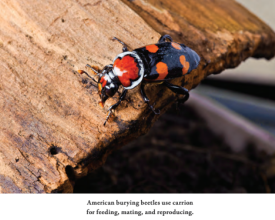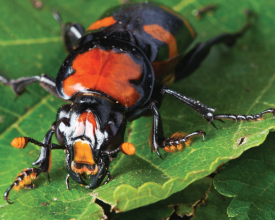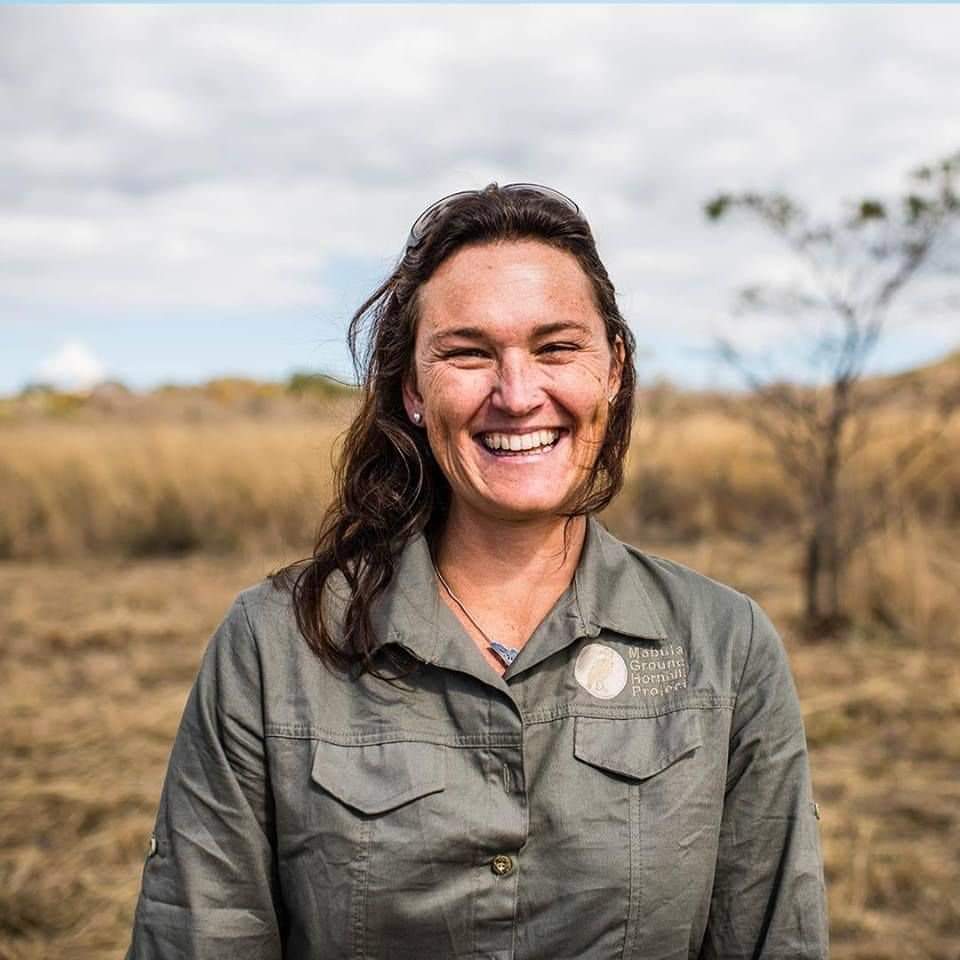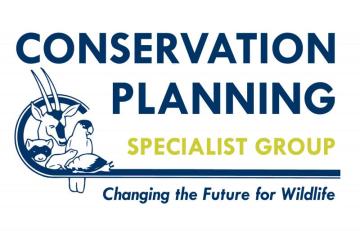
Burying the Hatchet: Moving from Discord to Harmony in American Burying Beetle Conservation
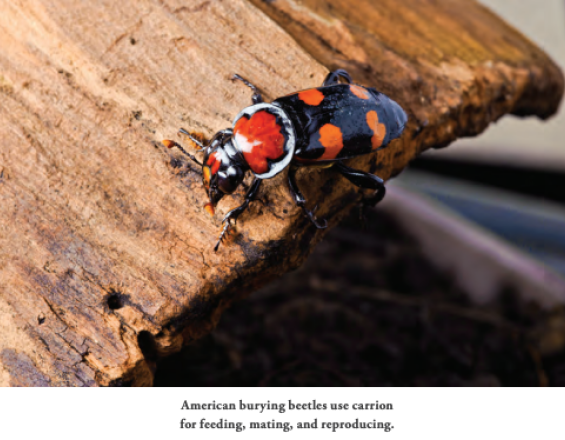
The American burying beetle (Nicrophorus americanus) are integral to a variety of ecosystems and native to 35 states across the United States. However, only two American burying beetle populations were believed to remain by 1989. They were added to state and federal endangered species lists, which launched conservation efforts across the country. The species had been declining for nearly a century, and although the exact reason is still a mystery, disruption in the food web and habitat loss are likely to blame.
Past conservation efforts were found contentious, which is why CPSG stepped in with a series of workshops in 2005. They integrated multiple voices into creating a resulting plan, guiding the development of protocols for monitoring, breeding, and eventually reintroducing American burying beetles to the wild.
Impacts
Work to reestablish beetles in several states continues, and each group of reintroduced beetles in Missouri has survived the winter to produce offspring. Since 2012, numbers of beetles at all life stages have increased, and surveys show beetles spreading from their original reintroduction sites, including to a nearby protected site. Perhaps just as importantly, the spirit of collaboration sparked by the workshop environment has also survived. About a week after the meeting, Bob Merz was walking across the zoo grounds when he met Jeffrey Bonner, the Saint Louis Zoo CEO. “He asked me how the meeting went, and I told him that five or ten years down the road, everyone involved would look back on this meeting and see it as a turning point in the conservation of this endangered beetle. Ten years later that prediction is holding true.” As of 2020, reintroduced populations of beetles are growing and spreading from their original reintroduction sites. A spirit of collaboration persists among the stakeholders.
